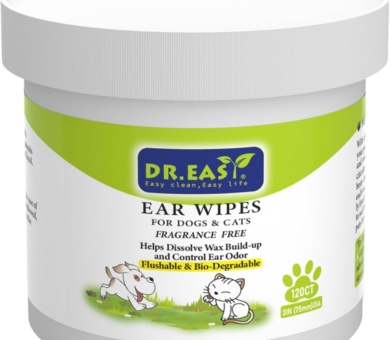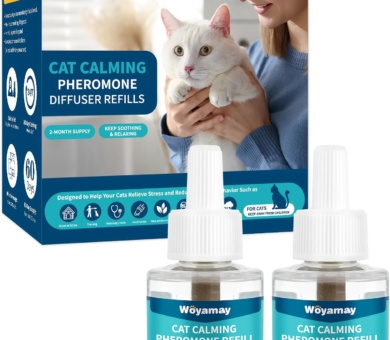Crafting Compelling Content: The Power of Benefit-Driven Titles
In the bustling landscape of digital content, where every click is a battle for attention, benefit-driven titles emerge as a crucial tool for engagement. Unlike traditional headlines that merely state features, benefit-driven titles focus on the value a product, service, or content offers, directly addressing the audience’s needs and desires. This article explores the art and science behind creating titles that resonate, convert, and captivate.
Why Benefit-Driven Titles Matter
Benefit-driven titles cut through the noise by speaking to the reader’s self-interest. They answer the perennial question: "What’s in it for me?" By highlighting tangible outcomes—such as solving a problem, saving time, or enhancing skills—these titles tap into emotional and psychological triggers, driving higher engagement and click-through rates. For instance, "Capture Stunning Photos with Our Advanced 48MP Camera Technology" outperforms a feature-focused alternative by promising a transformative experience.
Key Elements of Effective Benefit-Driven Titles
-
Clarity and Specificity: Titles must immediately convey the benefit. Avoid ambiguity; specificity enhances credibility. Example: "5 Ways to Improve Your Sleep Tonight" is more compelling than "Tips for Better Sleep."
-
Emotional Appeal: Leverage desires (e.g., success, security) or fears (e.g., missing out). "Protect Your Family from Hidden Home Hazards" uses urgency and care to motivate action.
-
Action-Oriented Language: Verbs like "boost," "discover," or "transform" inspire action. "Boost Your Productivity with Time-Saving Software Tools" invites immediate interest.
- Quantifiable Results: Numbers and statistics add authority. "Lose 10 Pounds in 30 Days Without Dieting" offers a clear, measurable outcome.
Crafting Benefit-Driven Titles: A Step-by-Step Approach
-
Identify Audience Pain Points: Research your audience’s challenges. A fitness app might target busy professionals seeking quick workouts.
-
Translate Features into Benefits: Convert product attributes into outcomes. "24/7 Customer Support" becomes "Get Instant Help Whenever You Need It."
- Test and Refine: Use A/B testing to compare titles. Platforms like Google Ads provide insights into what resonates.
Industry Examples
- Fitness: "Sculpt Your Dream Body in Just 20 Minutes a Day" vs. "New Fitness Program Launched."
- Tech: "Slash Your Workload with AI-Powered Automation" vs. "Software Update 2.0 Released."
- Education: "Master Spanish in 3 Months with Interactive Lessons" vs. "New Language Course Available."
Avoiding Common Pitfalls
- Overpromising: Ensure benefits are achievable to maintain trust.
- Feature Overload: Focus on one primary benefit to avoid confusion.
- Vagueness: Replace generic claims with concrete results.
The Psychology Behind the Impact
Benefit-driven titles align with decision-making psychology, where emotions often override logic. The desire for gain (e.g., success, health) or fear of loss (e.g., missed opportunities) drives action. Studies, such as those by the Content Marketing Institute, confirm that benefit-focused headlines can increase engagement by up to 73%.
Conclusion
In an era of information overload, benefit-driven titles are not just persuasive—they’re essential. By prioritizing the audience’s needs and crafting clear, actionable, and emotionally resonant headlines, creators and marketers can significantly enhance their content’s reach and impact. Start today: identify your audience’s deepest desires, transform features into benefits, and watch engagement soar. Your next title could be the key to unlocking unparalleled connection and conversion.









